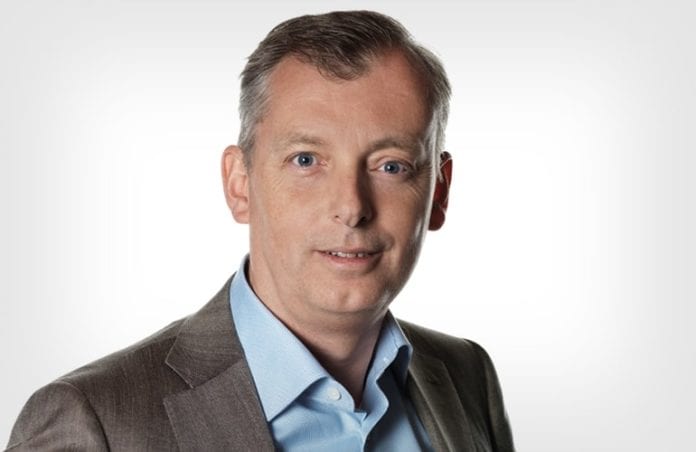Ulf Ewaldsson named T-Mobile US SVP of Technology and Transformation
Last year Ericsson consolidated its business units and Ulf Ewaldsson left his role as heading Business Area Digital Services to serve as an advisor to the network infrastructure vendor’s CEO. Now Ewaldsson has followed former boss Hans Vestberg’s path–leaving Ericsson to take a role with a U.S. carrier–to take on the job of senior vice president of technology and transformation with T-Mobile US.
In his new position, Ewaldsson will report to T-Mobile US Chief Technology Officer Neville Ray.
In an emphatic statement, Ray said Ewaldsson will be central to T-Mo’s 5G deployment plans. “Bringing him on board is a total win for T-Mobile and we couldn’t wait to share it! He is going to be the perfect addition to our consumer-fir Un-carrier team to drive our 5G evolution strategy!”
As it relates to 5G, T-Mobile has differentiated itself by promising a nationwide network in the 2020 timeframe as opposed to more limited geographic reach. A big part of T-Mobile’s plan for wide-area coverage hinges on its 600 MHz spectrum portfolio.
Earlier this month, T-Mobile US worked with Intel and Ericsson to conduct a 5G data and video call using 600 MHz, 28 GHz and 39 GHz. According to the operator, the test “generated a 5G signal capable of covering more than a thousand square miles from a single tower.”
Another major factor that will inform T-Mo’s 5G plans is its pending merger with Sprint, which is going through the regulatory process although that’s currently stalled due to the ongoing government shutdown.
The merger notwithstanding, both carriers have independent 5G strategies. Speaking in December at the Bank of America Merrill Lynch Leveraged Finance Conference in Boca Raton, Florida, Sprint CFO Andrew Davies discussed how current network investments are approached in the context of the merger.
“All of these things are going to be foundational for the merged company assuming we get the merger approved,” he said. “We don’t see much risk the capital we’re deploying this year is going to end up being stranded. The merged company will need that 2.5 GHz spectrum fully deployed. It’s going to need massive MIMO. And it’s going to need the densification of small cells.”

